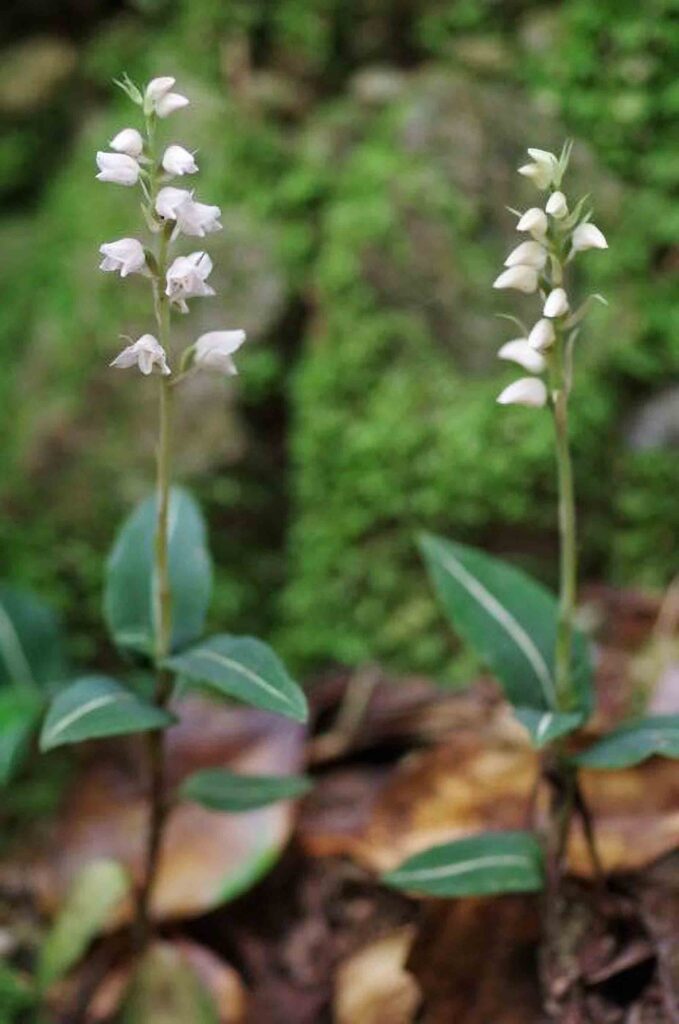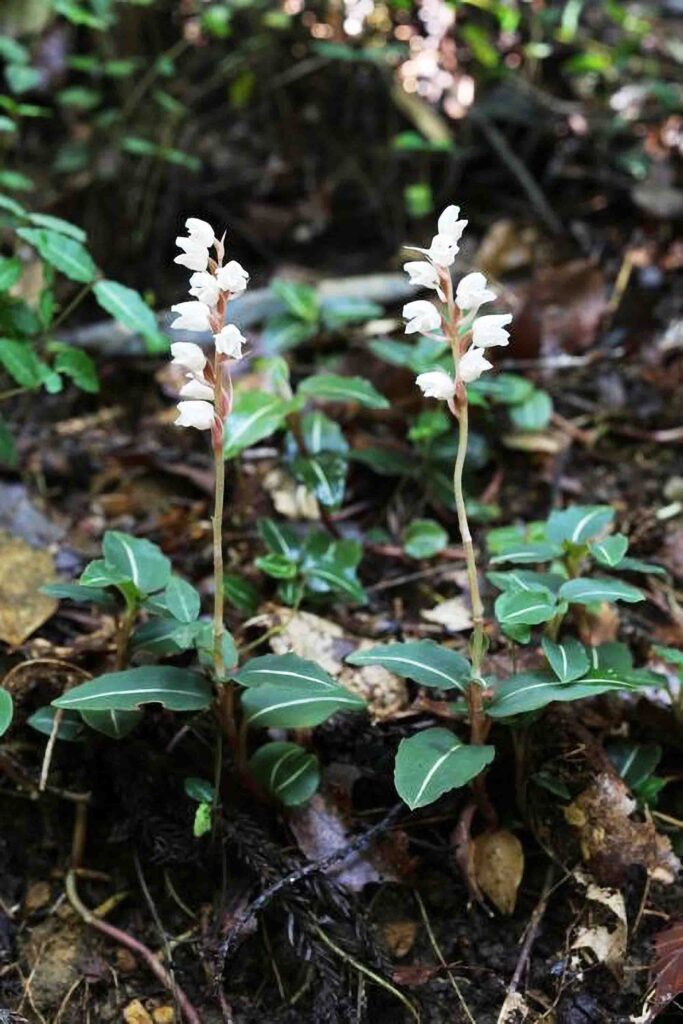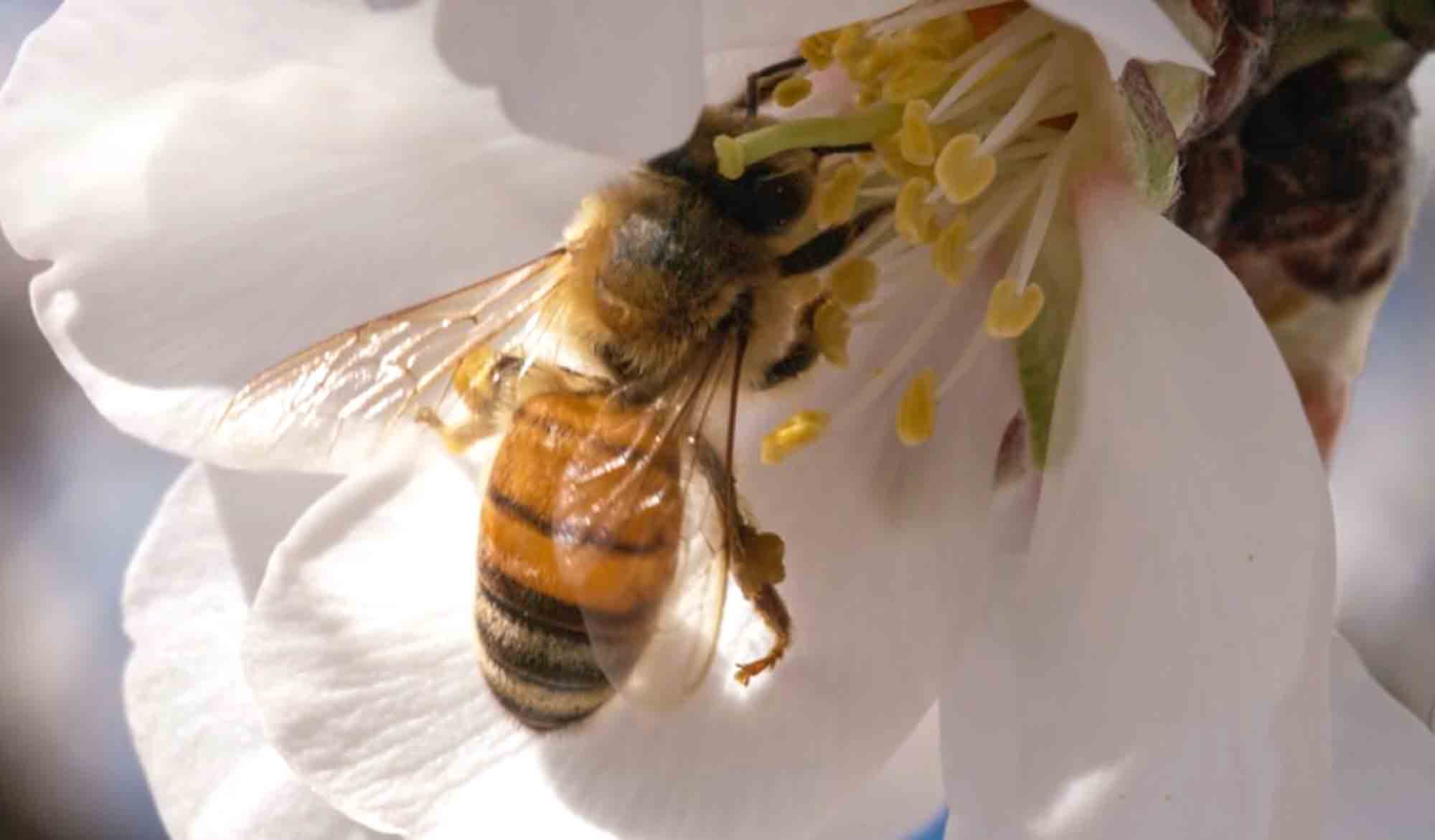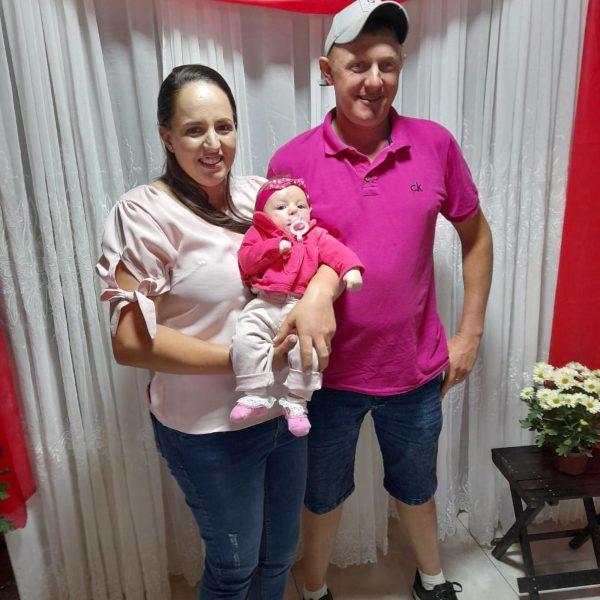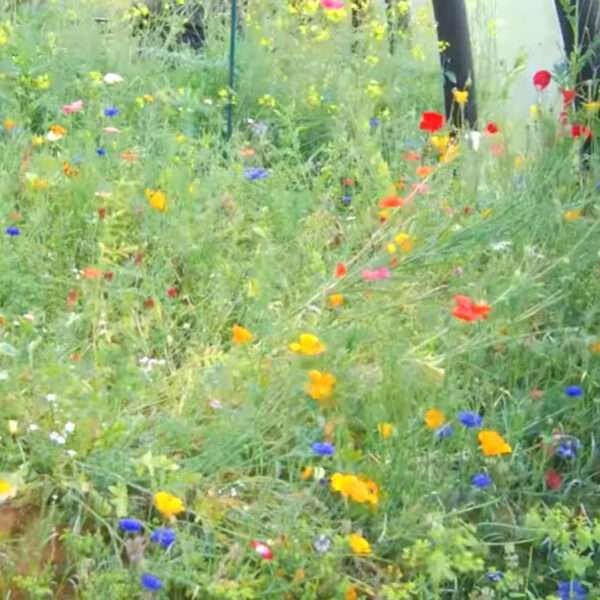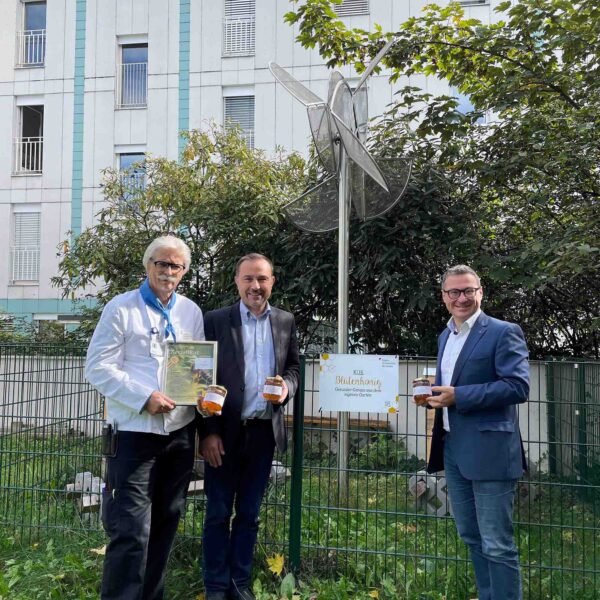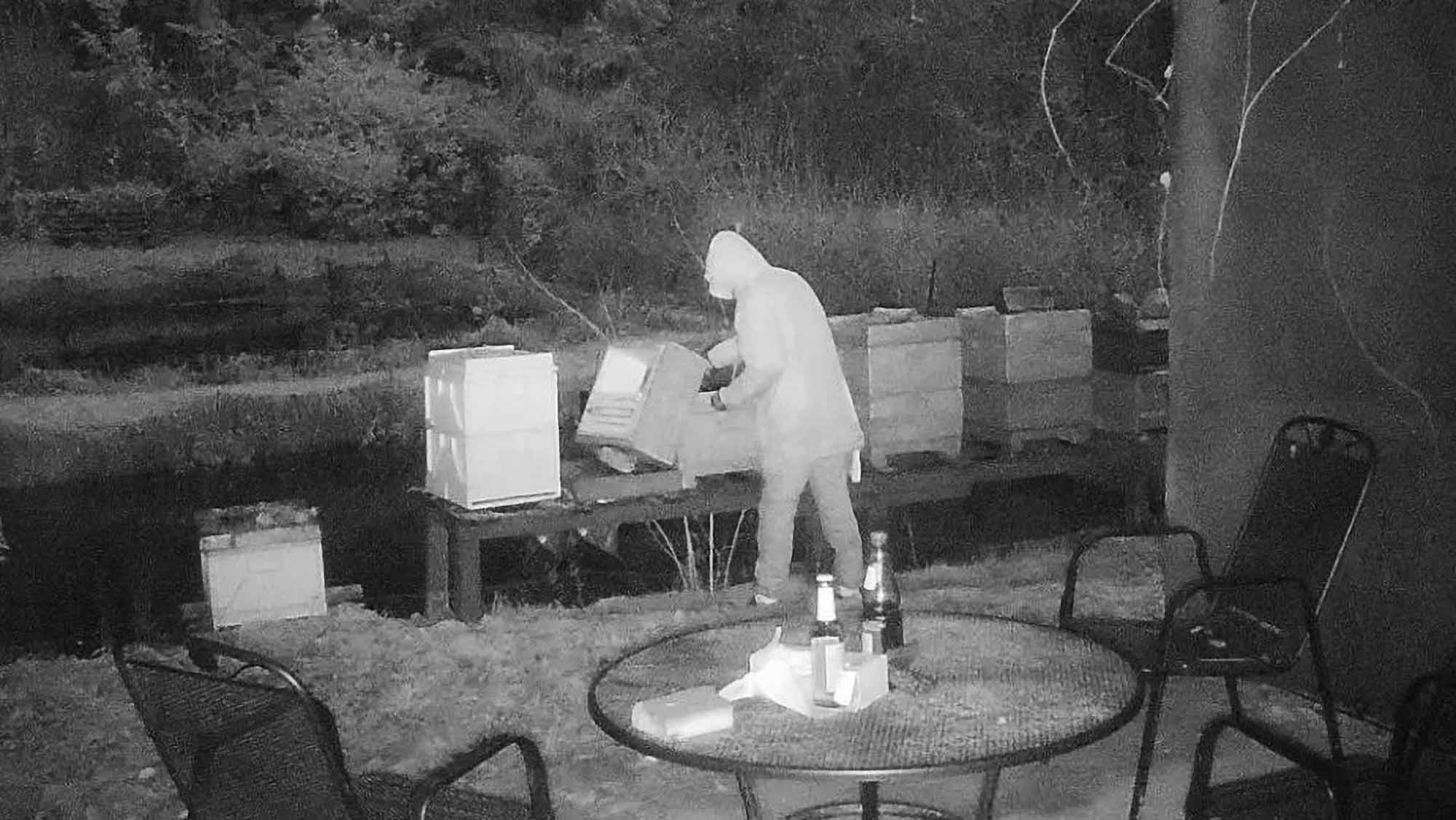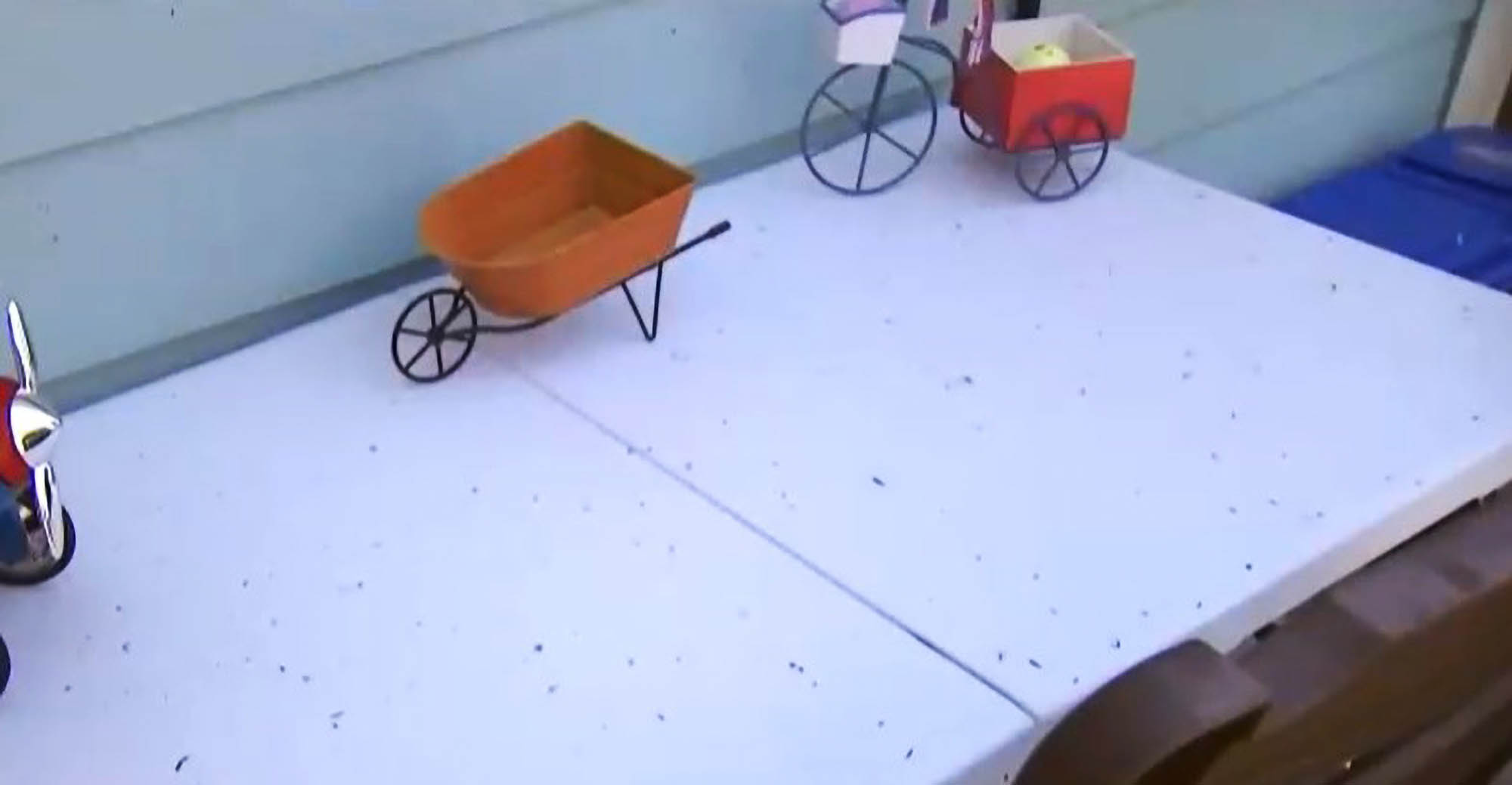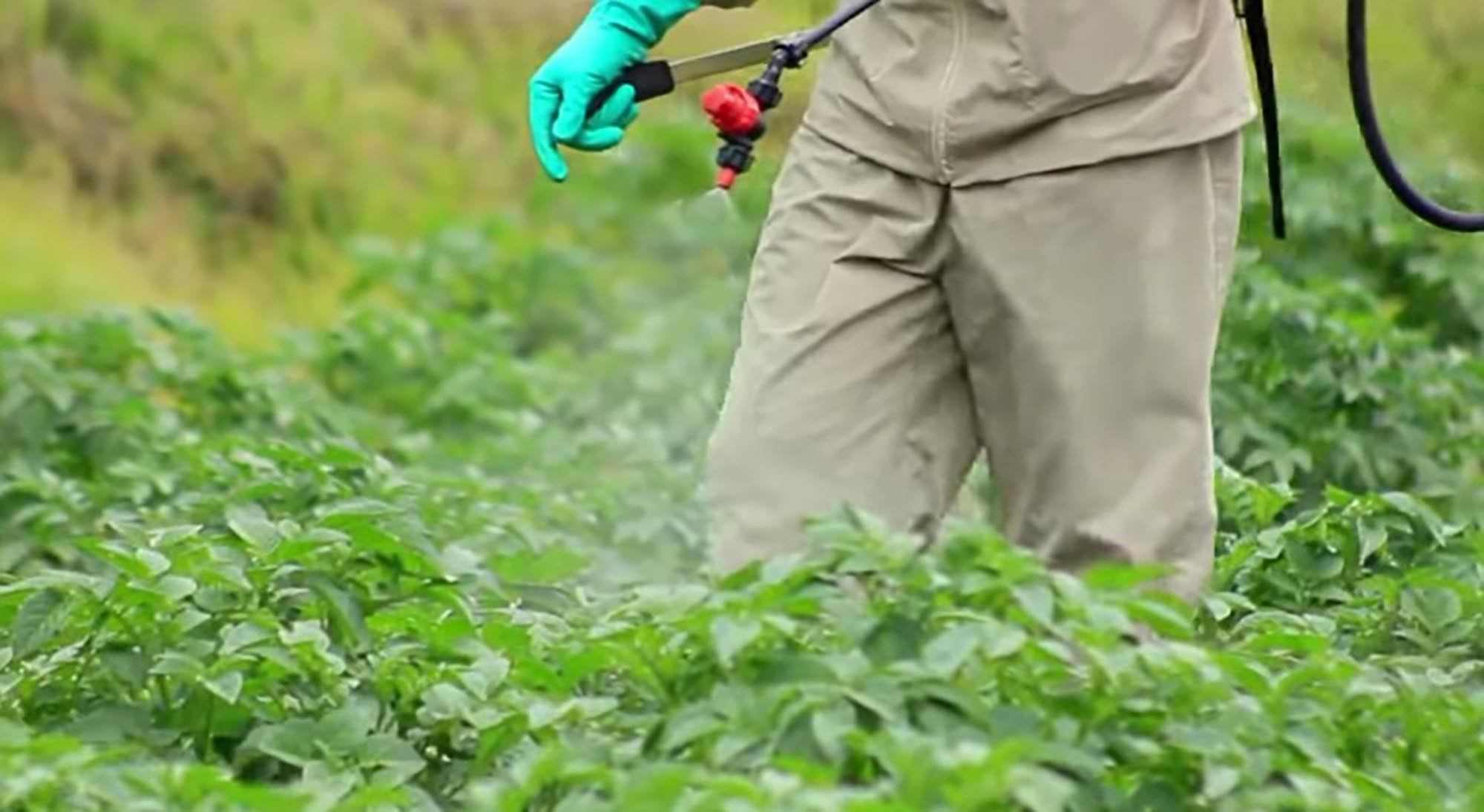A rare wasp pollinates an orchid after its hybridisation on a small Japanese island as the bumblebee the flower depends on does not exist there, scientists have found.

Researchers from Kobe University also determined that the plant hybridised with another orchid species which has been adapted to being pollinated by the specific type of wasps in question.
Prof Kenji Suetsugu from Kobe University’s Department of Biology said the findings would fit perfectly into his long-term effort to understand the dynamics of island biology and evolutionary processes.
The expert on orchids and his team examined pollinator-plant interactions on Kōzu-shima, or Kozu Island, a volcanic Japanese islet in the Philippine Sea.
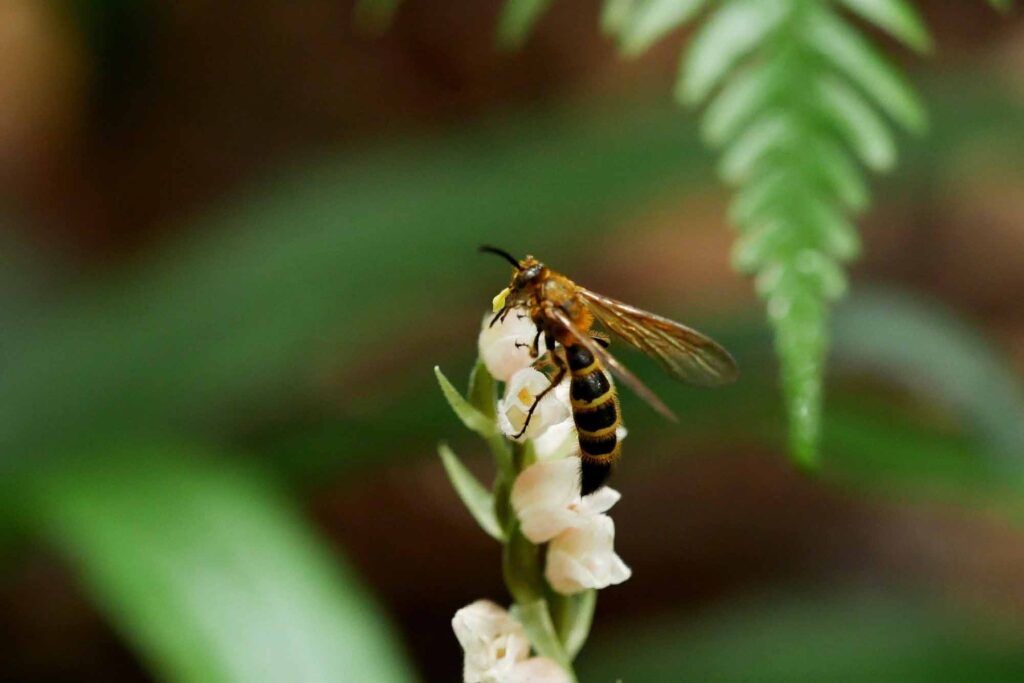
Their focus was on Goodyera henryi, an orchid which, on mainland Japan, is pollinated exclusively by a certain type of bumblebees. Since the pollinators do not exist on Kozu Island, scoliid wasps ensure the pollination of the orchids.
Scoliid wasps usually pollinate Goodyera similis, an orchid which can also be found on the island and is closely related to Goodyera henryi.
Prof Suetsugu said: “The combination of our expertise, access to the location and our interdisciplinary methodology puts us in a special position to study the impact of bumblebee absence on orchid evolution in this context.”

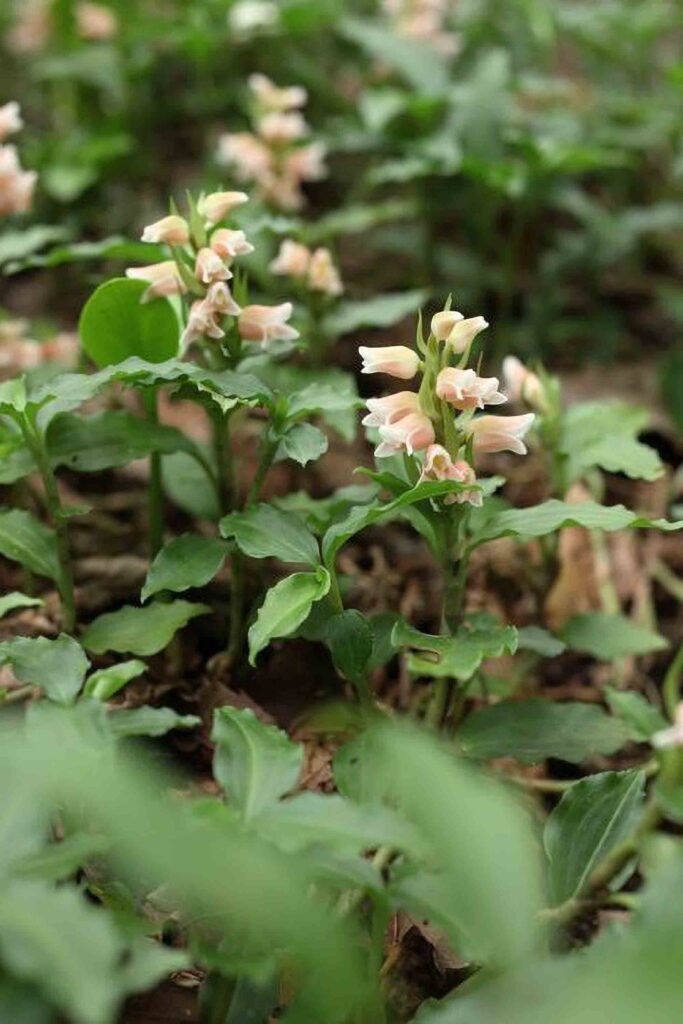
He explained: “While in orchids the length of the flower tube closely matches the length of the pollinating insect mouthparts, the island wasp has much shorter mouthparts than the bumblebee that pollinates Goodyera henryi on the mainland.”
The team of researchers also noticed that the orchid’s flower tube was shorter on the island than on the mainland.
Their genetic analysis showed that all specimens initially categorised as Goodyera henryi on Kozu Island are hybrids, leading to the absence of the pure species on the island.
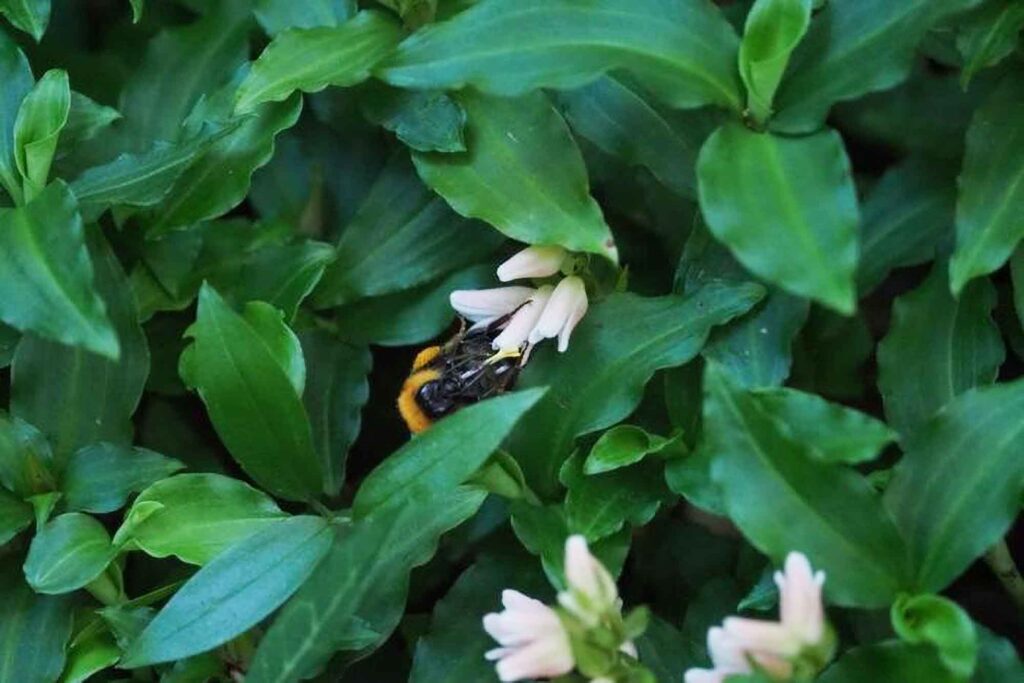
Prof Suetsugu said: “The most exciting aspect of this result is probably the implication for our understanding of how plants can adapt and evolve in response to changing ecological conditions, particularly in the context of declining pollinator populations.”
Kozu Island has fewer than 1,900 inhabitants. With 18.48 square kilometres, it is half as large as the city of Cambridge in the United Kingdom.
